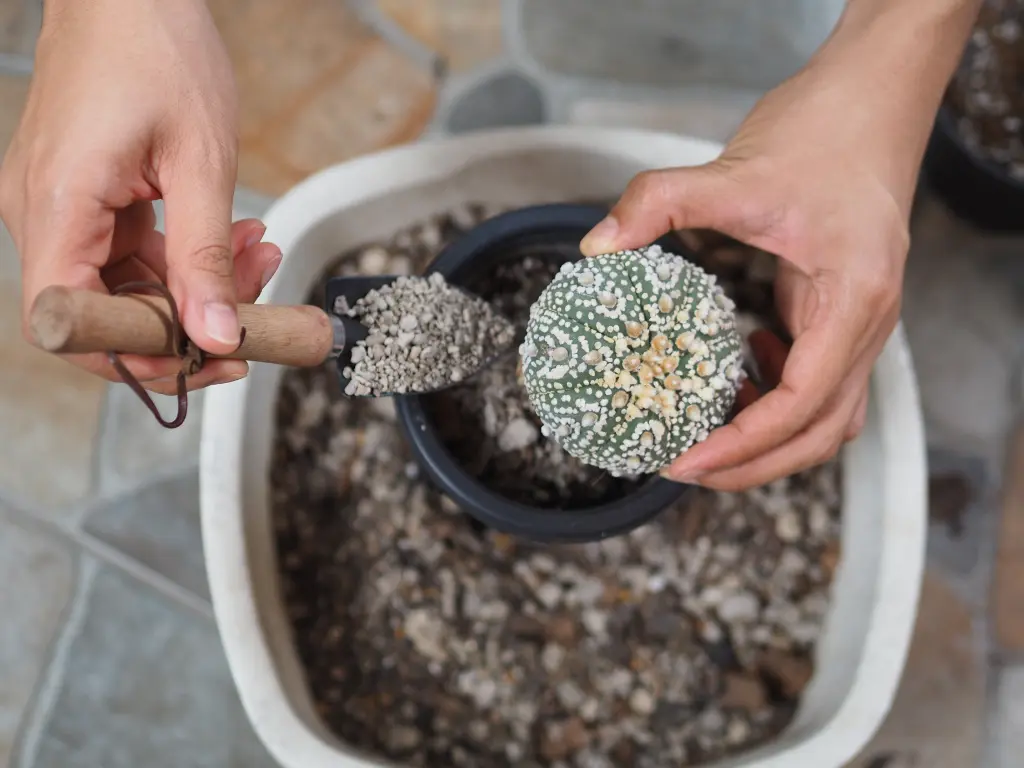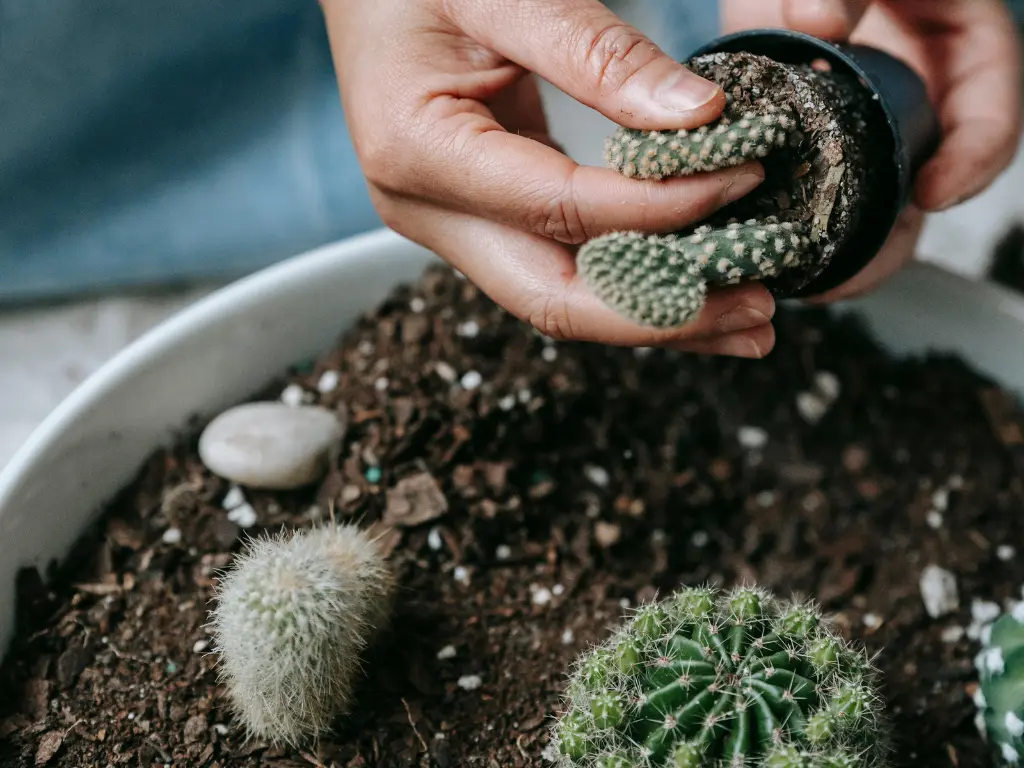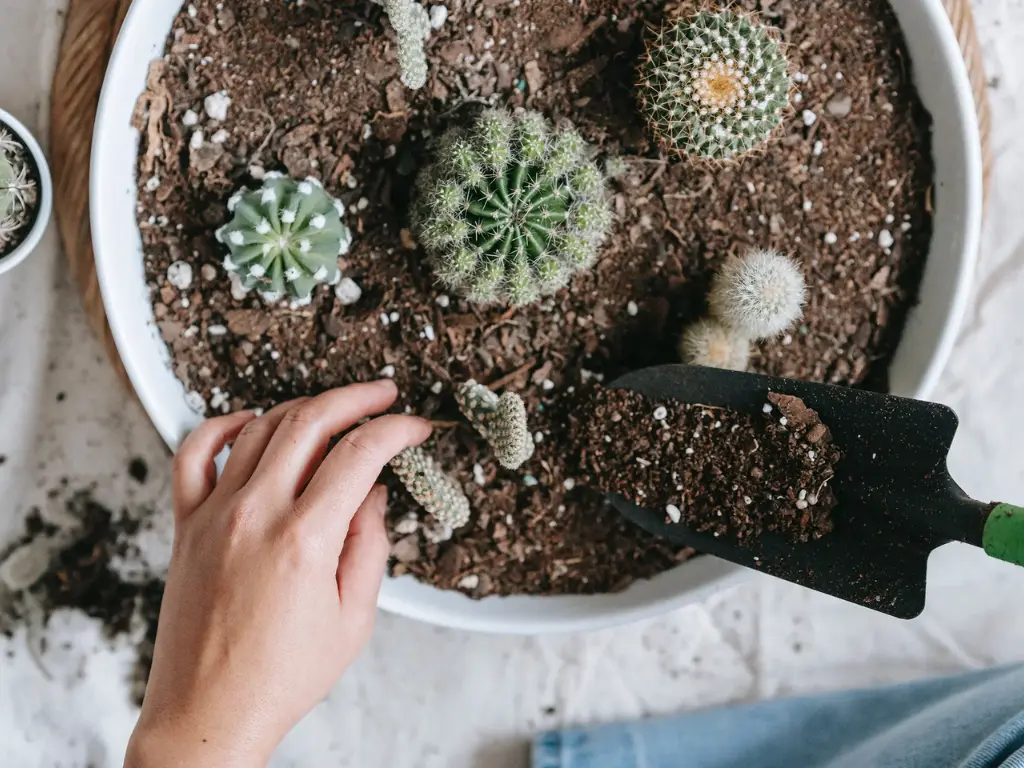Care Guides
Cactus Soil: The Ultimate Guide to Healthy Growth
Have you ever looked at your cactus and wondered why it doesn’t look as happy as the ones you see in plant shops or Pinterest photos? Maybe it’s drooping, maybe the roots are mushy, or maybe it just won’t grow. One of the biggest mistakes cactus owners make is using the wrong soil. Regular potting soil holds too much water, and before you know it—root rot takes over. That’s why understanding cactus soil is the game changer every indoor gardener needs.
In this guide, I’ll walk you through exactly what cactus soil is, what makes it different from standard mixes, how to make your own at home, and which ready-to-buy brands are worth your money. By the time you’re done reading, you’ll have everything you need to keep your cactus thriving.
What Makes Cactus Soil Different?
Cactus soil is designed for desert plants that need fast drainage, aeration, and minimal organic matter. Unlike traditional potting soil, cactus soil prevents water from sitting around the roots, which is the number one cause of root rot.
Key Properties of Cactus Soil
-
Excellent drainage – thanks to sand, gravel, pumice, or perlite.
-
Low organic matter – less peat or compost to avoid water retention.
-
Air circulation – loose texture keeps roots oxygenated.
-
Balanced pH – slightly acidic to neutral (around 5.5–7.0).
Why Regular Potting Soil Harms Cacti
Standard potting mixes are loaded with peat moss and compost. These ingredients are great for houseplants that love moisture, but for a cactus, it’s like forcing someone who hates swimming into a pool. The roots suffocate, fungi grow, and before long the plant starts collapsing.
Best Ingredients for Cactus Soil

When you read the back of a cactus soil bag, you’ll notice a combination of organic and inorganic components. Each plays a role in mimicking the desert environment.
Perlite vs. Pumice vs. Sand
-
Perlite: lightweight volcanic glass, creates air pockets.
-
Pumice: heavier than perlite, excellent for aeration and long-term structure.
-
Coarse sand: improves drainage but must be clean (avoid beach sand).
Organic vs. Inorganic Matter
-
Organic: Peat moss, coco coir, or compost. These retain a little water and add nutrients.
-
Inorganic: Perlite, pumice, gravel. These prevent soil compaction.
The best cactus soil is a balance—enough organic matter for nutrition, enough inorganic matter for drainage.
Soil pH and Drainage
Cacti grow best in a neutral to slightly acidic mix. If your soil is too alkaline, nutrients lock up and the cactus struggles to absorb them. Good cactus soil also drains completely within seconds when you water it.
DIY Cactus Soil Mix Recipes
Making your own cactus soil at home is easier (and cheaper) than you think. Plus, you control the ingredients.
Easy Homemade Recipe for Beginners
-
2 parts potting soil (without moisture-retaining additives)
-
1 part coarse sand
-
1 part perlite or pumice
This mix is perfect if you’re just starting out and want something simple.
Premium DIY Mix for Long-Term Growth
-
2 parts coco coir (instead of peat moss for eco-friendliness)
-
1 part coarse sand or crushed granite
-
1 part pumice
-
A handful of small gravel or crushed charcoal
This mix lasts longer, prevents compaction, and helps mimic natural desert soil.
Mistakes to Avoid When Mixing Soil
-
Don’t use fine sand—it clogs drainage.
-
Avoid garden soil—it’s too dense and may carry pests.
-
Don’t add fertilizers directly to the mix; wait until your cactus is established.
Top Cactus Soil Brands in the U.S.
If DIY isn’t your style, there are fantastic ready-to-use cactus soil brands available in the U.S.
Best Organic Options
-
Espoma Organic Cactus Mix – enriched with myco-tone for root health.
-
Dr. Earth Succulent & Cactus Soil – sustainable, OMRI-listed for organic gardening.
Best Budget-Friendly Choices
-
Miracle-Gro Cactus, Palm & Citrus Mix – widely available and affordable.
-
Hoffman Organic Cactus & Succulent Mix – good starter option for beginners.
Where to Buy
You can find cactus soil in:
-
Local garden centers
-
Big-box stores like Home Depot, Lowe’s, Walmart
-
Online retailers like Amazon
Tip: Always check the ingredient list—avoid brands with too much peat moss.
How to Repot a Cactus Properly

Even the best soil won’t help if your cactus is stuck in the wrong pot. Repotting keeps roots healthy and prevents soil from breaking down.
Choosing the Right Pot
-
Pick a pot with a drainage hole.
-
Clay or terracotta pots are ideal because they let soil breathe.
-
Avoid pots that are too large—cacti like tight spaces.
Step-by-Step Repotting Guide
-
Wear gloves or use tongs to protect your hands.
-
Remove the cactus gently from its old pot.
-
Shake off old soil from the roots.
-
Add fresh cactus soil mix to the new pot.
-
Place the cactus and fill in around the roots.
-
Don’t water immediately—wait about a week to let roots heal.
Aftercare Tips
-
Keep the plant in indirect sunlight for a few days.
-
Water sparingly until new growth appears.
-
Watch for signs of stress like yellowing or soft spots.
Cactus Soil for Indoor vs. Outdoor Plants
Not all cactus soil recipes work for every environment.
Adjusting Soil Mix for Indoor Growing
Indoor cacti often face lower light and less airflow. Use a lighter mix with more perlite to prevent waterlogging.
Outdoor Cactus Soil Considerations
If your cactus lives outside, you’ll need a mix that can handle rain. Add extra gravel or pumice for fast drainage, and consider slightly deeper pots to anchor the plant.
Common Problems & Solutions
Even with the right soil, issues can still pop up.
Overwatering and Root Rot
-
Symptom: mushy, black roots.
-
Solution: Cut off damaged roots, repot in fresh soil, reduce watering.
Soil Compaction Issues
-
Symptom: hard, dense soil surface.
-
Solution: Mix in fresh perlite or pumice during repotting.
Signs Your Cactus Needs New Soil
-
Roots poking out of the pot.
-
Soil takes forever to dry.
-
Foul smell coming from the pot.
Frequently Asked Questions
1. Can I use regular potting soil for cactus plants?
Not without modifying it. Regular potting soil holds too much moisture. Always mix in sand, perlite, or pumice for proper drainage.
2. How often should I change cactus soil?
Every 2–3 years is best. Over time, soil compacts and loses its ability to drain well.
3. Is sand necessary for cactus soil?
Yes, but it must be coarse sand or grit. Fine sand will compact the soil instead of improving it.
4. What’s the difference between succulent soil and cactus soil?
They’re very similar, but cactus soil is usually drier and more porous, while succulent soil may hold a little more moisture since some succulents need it.
Conclusion
Cactus soil isn’t just dirt—it’s the foundation for healthy, long-living plants. Whether you decide to buy a trusted brand or mix your own recipe at home, the key is fast drainage, aeration, and the right balance of organic and inorganic materials. With the right soil, your cactus can thrive indoors or outdoors without the constant worry of root rot.
If you found this guide helpful, check out my other posts on succulent care tips, best soil for houseplants, and DIY organic fertilizer ideas. And remember—happy roots mean a happy cactus.

